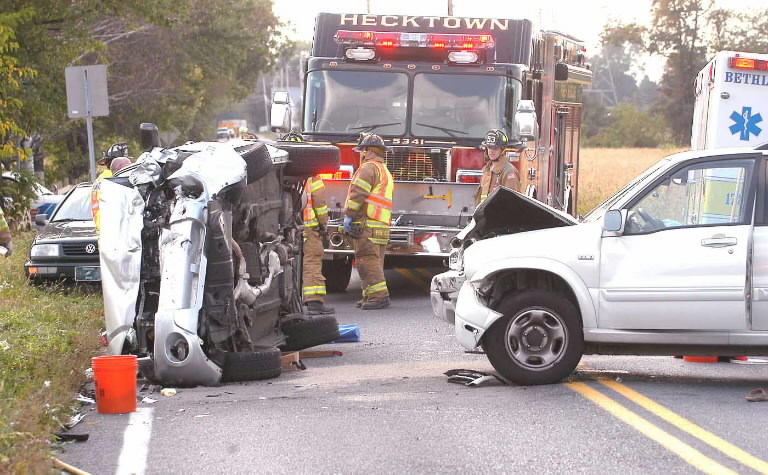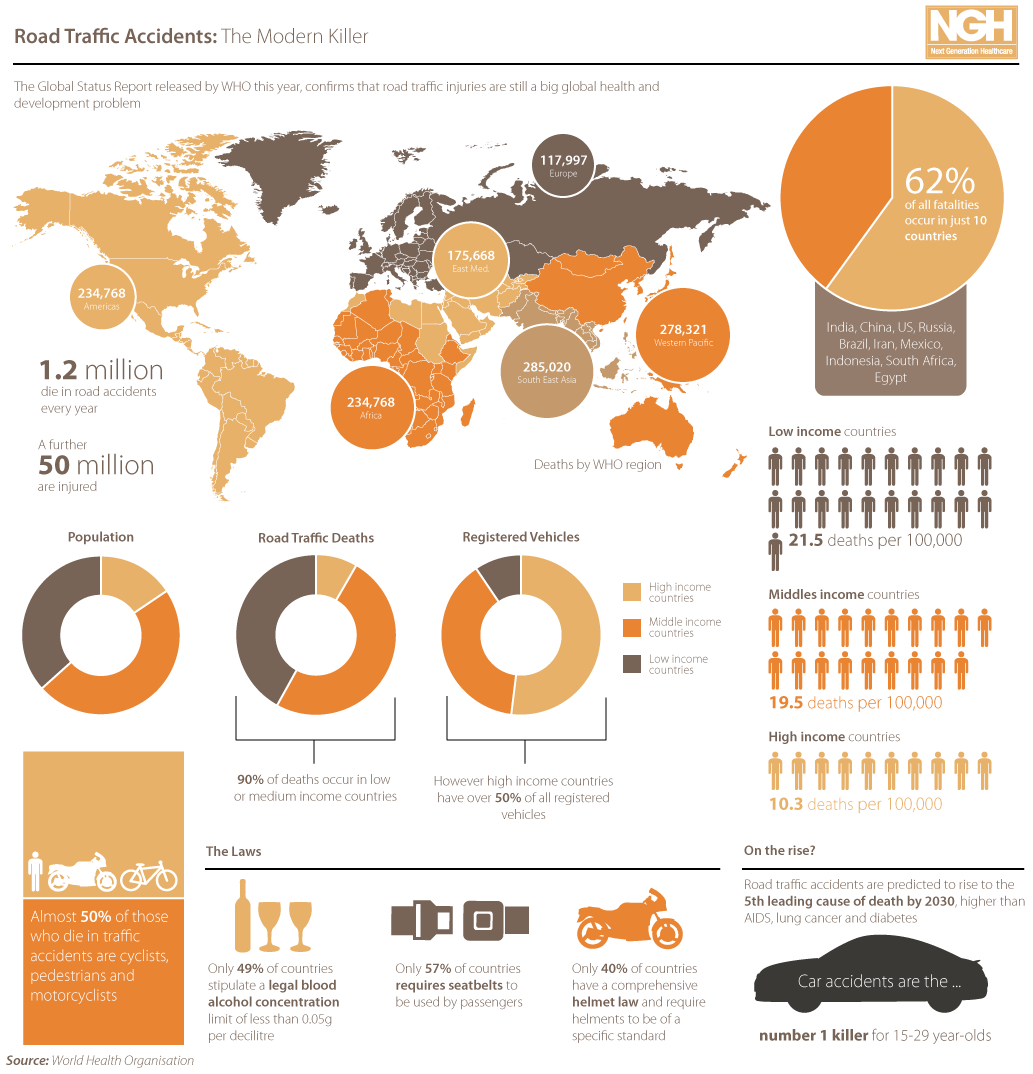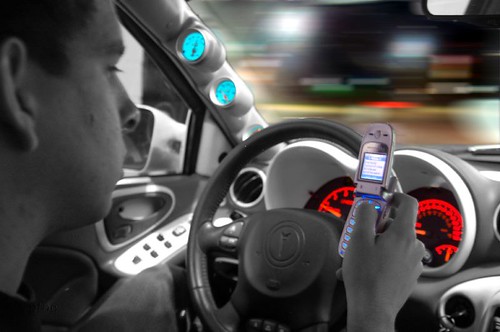(Source: New York Times)

Image Courtesy: American Van via Google Images
Crisscrossing the country, hundreds of thousands of long-haultruckers use computers in their cabs to get directions and stay in close contact with dispatchers, saving precious minutes that might otherwise be spent at the side of the road.
The trucking industry says these devices can be used safely, posing less of a distraction than BlackBerrys, iPhones and similar gadgets, and therefore should be exempted from legislation that would ban texting while driving.
“We think that’s overkill,” Clayton Boyce, spokesman for the American Trucking Associations, said of a federal bill that would force states to ban texting while driving if they want to keep receiving federal highway money.
The legislation will be discussed at a conference on distracted driving in Washington, starting Wednesday, organized by the Transportation Department.

The issues raised by truckers show the challenges facing advocates for tougher distracted-driving laws, given that so many Americans have grown accustomed to talking and texting behind the wheel.
The trucking industry has invested heavily in technology to wire vehicles. Satellite systems mounted on trucks let companies track drivers, send new orders, distribute companywide messages and transmit training exercises. Drivers can also use them to send and receive e-mail and browse the Internet.
After videotaping truckers behind the wheel, the Virginia Tech Transportation Institute found that those who used on-board computers faced a 10 times greater risk of crashing, nearly crashing or wandering from their lane than truckers who did not use those devices.
That figure is lower than the 23 times greater risk when truckers texted, compared with drivers simply focused on the road, according to the same study. However, the Virginia researchers said that truckers tend to use on-board computers more often than they text.
The study found that truckers using on-board computers take their eyes off the road for an average of four seconds, enough time at highway speeds to cover roughly the length of a football field.
Richard J. Hanowski, director of the Center for Truck and Bus Safety at the Virginia institute, said videotape monitoring of 200 truckers driving about three million miles showed many of them using the devices, even bypassing messages on the screen warning them not to use the devices while driving.
In recent years, fatalities caused by large trucks have risen slowly, despite many safety advances like air bags and antilock brakes, according to the National Highway Traffic Safety Administration. In 2007, large trucks caused 4,808 deaths — or 12 percent of all driving-related fatalities — up from 4,777, or 11 percent, in 1997.
Beyond the dispatch computers, truckers said they relied heavily on an array of technologies to stay productive, entertained and connected on the road. Their cabs become like home offices, wired with CB radios, AM/FM and satellite radios, weather band radios, GPS devices, electrical outlets, laptops and even computer desks. And, of course, cellphones.
Click here to read the entire article. Also, while you are on the NY Times page, don’t forget to try the awesome interactive graphic (which can be found embedded on the left hand panel of this NY Times article) to gauge your distraction. It does that by measuring how your reaction time is affected by external distractions in a nice little game.
Note: Another New York Times article on this issue of driver distraction notes that the general public overwhelmingly supports the prohibition of text messagingwhile driving, the latest New York Times/CBS News Poll finds. Ninety percent of adults say sending a text message while driving should be illegal, and only 8 percent disagree. More than 80 percent of every demographic group say sending text messages while driving should be illegal, but some are more adamant about such a prohibition than others. Parents, whether or not their children are adults, are more inclined to support a ban than people without children. Women are more in favor of outlawing the practice than men. Click here to read more details on this interesting poll.






![Reblog this post [with Zemanta]](http://img.zemanta.com/reblog_e.png?x-id=55aaa725-f2ea-4180-a942-30a3743e2cd9)







